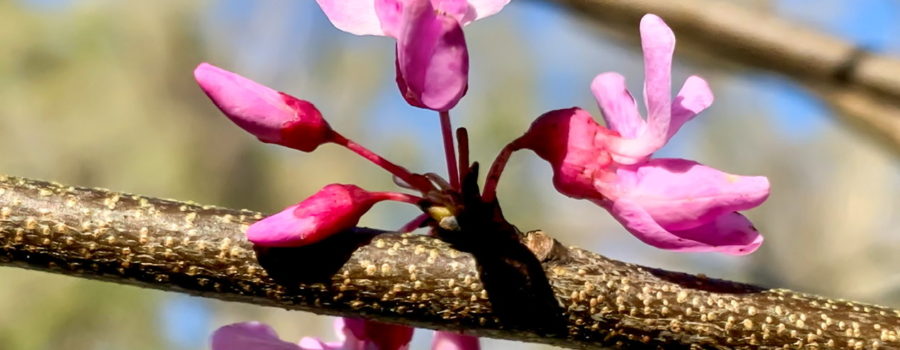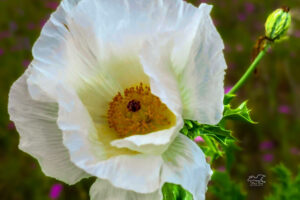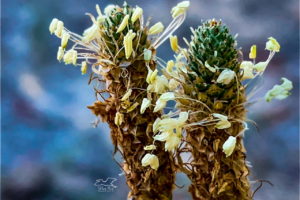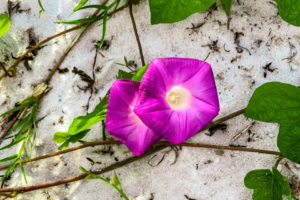The Beautiful Eastern Redbud is an Unforgettable Tree

If there was any question about whether or not spring has come to central Florida, I think that the answer is definitely yes. In the past couple of weeks the grass has been starting to turn green and a few of the “weeds” are beginning to grow and flower. But now the redbuds are starting to flower, which is a pretty good indicator that temperatures below freezing are over for another year. If you have ever seen an Eastern redbud in full bloom, you will not forget it. When in full bloom, the entire tree is completely covered in small pink flowers. It becomes a fluffy cloud of pink with a trunk, and sometimes there are even some flowers on the trunk itself! The small flowers actually grow directly from the otherwise naked branches, limbs, and trunks. It’s a very impressive sight.

Right now our redbud trees are not yet fully in bloom, so some individual branches or sections of the tree are covered in pink, but most of the trees are not completely covered, yet. It’s easy to see the potential for how they will look in a couple more weeks, though. The Eastern redbud is native to most of eastern North America and it may grow wild, but it is also a popular garden tree. There are several people in our neighborhood that have redbuds planted in their front yards, and we have a number of them growing wild along the roadway as well. They are pretty hearty trees that grow well in most soil types as long as it is moist, but well drained. That makes our Florida sand ideal for growing redbuds. They also like quite a bit of sunlight, another big plus for Florida.

Interestingly, redbuds are a member of the legume family (just like the black medick). It’s easy to see that if you look at the individual flowers. Each flower is very small and they tend to grow in clusters. The tiny flowers closely resemble the larger flowers you will see later in the spring on pea plants. Like peas, the flowers eventually become pods that hold the seeds until they mature. And like peas, redbud flowers and seeds can be eaten. The flowers are especially popular as a salad garnish that is quite attractive and adds a citrus flavor. I’ve been told that some people also harvest the small red buds (that the tree is named for) and pickle them as a substitute for capers. Personally, I think I’d rather let them bloom and enjoy the beauty of the tree, but everyone has different tastes.

The redbuds will continue to flower for the next two to three. weeks, and as the flowers regress, the leaves will begin to pop out. One of the great things about redbuds is that even when they aren’t flowering, they are still very alluring trees. The leaves come out as a purplish green and become a deep green as they mature. The beautiful foliage lasts through the summer and into the fall before dropping off and leaving just the seed pods on the branches. I plan to continue to watch and photograph the redbuds as the year goes on and they go through their various lifecycle stages. So expect more redbud posts later! Do any of you have redbuds in your area? Are they planted, wild, or both?





Recent Comments